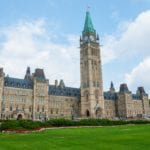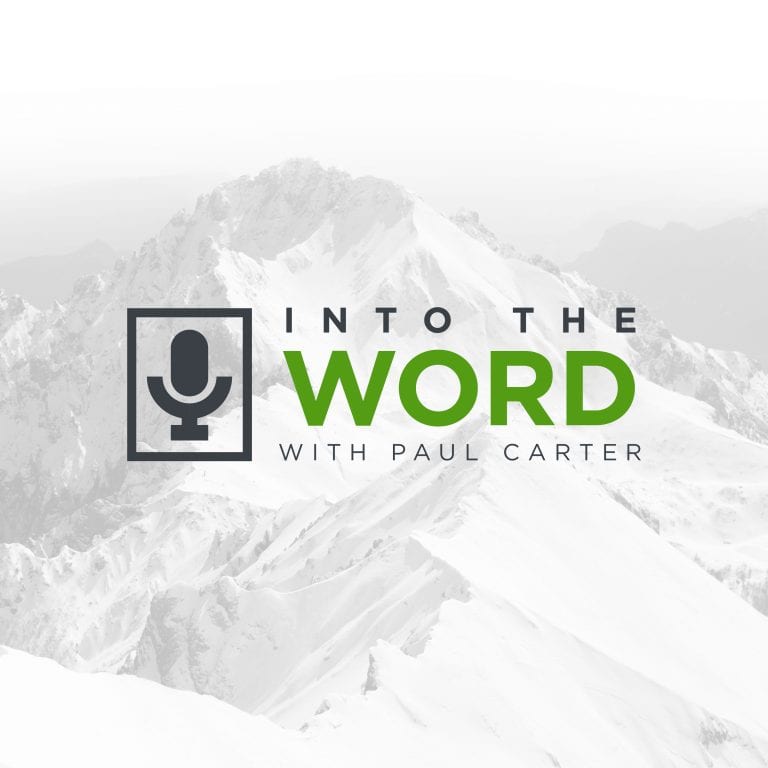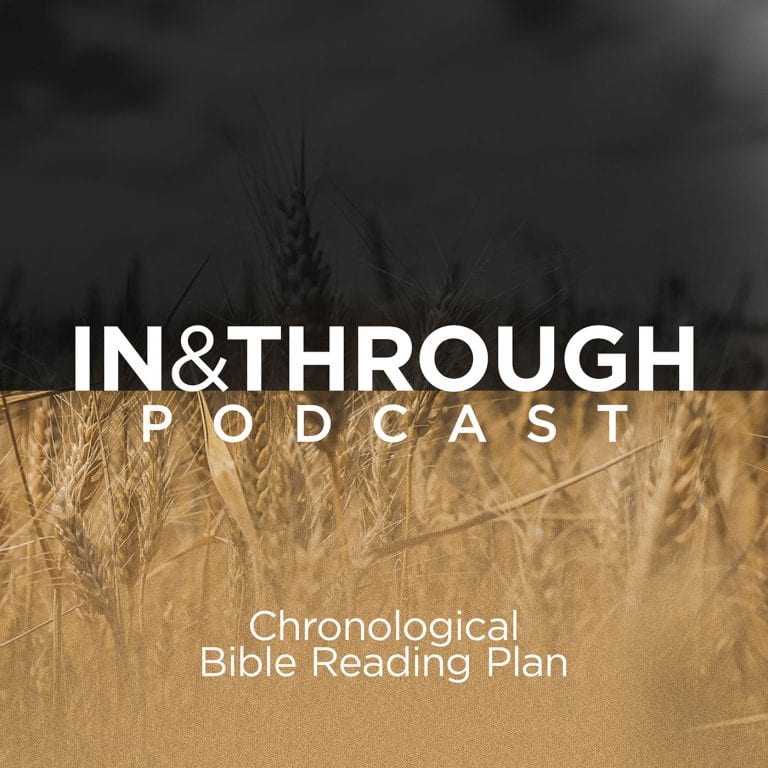The chorus in our national anthem is a prayer: God keep our land glorious and free. O Canada we stand on guard for thee. In this prayer, we are not asking for the right to do whatever we want, when we want, and how we want as many modern takes on freedom imply.
Rather, we are praying for freedom with the same definition in mind as Lord Acton: “Liberty is not the power of doing what we like, but the right of being able to do what we ought.” When Christians advocate for freedom, it must be in the spirit of being free to do as we ought to do, not whatever we want to do.
In this article then, I want to clarify how Christians should think about their freedom as well as clarifying how the civil government can, in certain circumstances, limit assemblies of people. While doing so, I hope to maintain a Biblical posture of respect for civil authority while asserting the freedom of the church to be the church.
Lawlessness vs freedom
Christianity has long stood for this maxim: Neither anarchy nor tyranny.
Reformed theology specifically has held that we are to be “governed by laws and statutes, in order that the lawlessness of men be restrained.” The civil government stands in opposition to lawlessness or anarchy. But the civil government is not the only institution of government in our society: the family, the church, and the individual have authority from God to govern in particular areas of life, and thus require freedom to fulfil their God-given responsibilities.
What complicates matters is the civil government’s decision to limit certain freedoms. During the COVID-19 pandemic, Christians have found it more difficult to accomplish what Scripture commends such as to:
- give tender care to aged parents (Mark 7:9-13; 1 Timothy 5:3-8),
- tend to the sick (James 5:14),
- visit and encourage the lonely (Matt. 25:34-40; Heb. 13:1-3),
- gather to corporately worship the Holy One (Heb. 10:24-25),
- celebrate the sacraments together (Matt. 28:19; Luke 22:19; Acts 2:42; Acts 22:16)
- comfort the mourning (Prov. 18:14; Romans 12:15),
- rejoice with those who rejoice (Romans 12:15),
- love the orphan or foster child and their family (James 1:27),
- evangelize the neighbour (Matt. 28:19-20),
- work hard to provide for others (Acts 20:35; Eph. 4:28; 2 Thess. 3:10-12),
- show hospitality to strangers (Luke 10:29-37; Heb. 13:2),
- assist the addict (1 Cor. 10:13-14; Titus 2:12-15; Hebrews 4:15-16),
- feed the hungry (Psalm 112:9; Matt 5:42; 19:21), and
- care for the mentally distressed (1 Cor. 12:24-26; Gal 6:2).
As these passages note, God has given responsibilities to the church to care for the sick, the lonely, and the vulnerable. This is not to say the civil government cannot play a supporting role here. But too often the state assumes they alone have this responsibility or they alone can be trusted to do this work “safely.” And too few churches are reminding the civil government that it can and should consult with churches as partners in advancing the public good, even during a pandemic.
When The Civil Government Limits Charter Rights
The Canadian Charter of Rights and Freedoms owes some of its language to this Christian legacy of limited state power. The preamble states: “Whereas Canada is founded upon principles that recognize the Supremacy of God and the Rule of Law.” The Supremacy of God clause is supposed to be a reminder to our lawmakers and judges that they are under the ultimate Lawgiver and are not the ultimate authority in society.
But note as well the reference to the rule of law. This is a reference to the principles of limited state power derived from the Christian tradition including Deuteronomy 17’s admonitions for Israelite kings. We are to be governed, not by the whims of kings or bureaucrats, but by law.
The Charter goes on to list as “fundamental” the freedoms of religion and peaceful assembly. All the duties listed above are found in these freedoms to do not what we want but what we ought. Now, these fundamental freedoms are not absolute rights in Canadian law; the civil government can restrict them when they can demonstrate that the restrictions are justifiable in a free and democratic society. Note well that the burden of proof for the justification is not on the citizen or the church but on the civil government.
Infringed Freedom vs Government Justification
Our current situation is unprecedented in Canadian constitutional law, so there is no clear resolution of the infringed freedoms and the government’s justification. The Supreme Court has stated that even “a violation of the right to life, liberty or security of the person” might be justified during “national emergencies”, including “epidemics” (R. v. Heywood, 1994).
Even so, the government must “show the absence of less drastic means of achieving [its] objective in a real and substantial manner” because “the deprivation of Charter rights [must be] confined to what is reasonably necessary to achieve the state’s object” (Carter v. Canada, 2015). How this analysis turns out is yet to be seen. But this is the question that must be answered by lawmakers and judges (and church leaders too!): Is the civil government’s interference with the church’s freedom to do as she ought justified in the current context of Covid-19?
The justification for a limit on freedom of peaceful assembly or freedom of religion is grounded in section 1 of the Charter, for which the Supreme Court has developed a four-part test. Any limitation on rights must be reasonable, prescribed by law, and demonstrably justified in a free and democratic society. A provincial or municipal government must be able to prove each of the following four elements:
- Sufficiently Important (pressing and substantial) Objective: Is the measure “of sufficient importance to warrant overriding a constitutionally protected right or freedom”? I believe that a pandemic meets this stage. I do not believe that a judge would rule that the measures invoked are not for a pressing objective: preventing the spread of a virus. That said, the Supreme Court of Canada has ruled that objectives are not to shift. The question is, what was the objective at the time the legislation was drafted? So, there is actually room for legal debate about this question: was the objective to “flatten the curve” in order that hospitals are not overwhelmed? Throughout Canada, the curve had been flattened since June. So why the ongoing restrictions? Or was the original objective broader than that, preventing the spread of the virus outright? If this was always the objective, then the courts will likely give deference on this question to the government.
- Rational Connection: Are the means used (restricting church assemblies) rationally connected to the objective? Or are they arbitrary, unfair, or irrational? Does it make sense to limit the gathering of churches in order to spread a communicable disease? I believe that the government would meet this step of the test too. Since the disease is highly contagious, limiting gatherings of people makes rational sense. That said, if other non-religious gatherings are allowed to get together, this undermines the rational connection element. For example, during the course of this pandemic, very large outdoor protests numbering in the thousands were not only tolerated but celebrated, with leading political figures like Prime Minister Trudeau and Ottawa mayor Jim Watson attending in person. This was in June, during the pandemic’s first wave. At the same time, assembly for worship in Ontario was limited to just 5 people. This behaviour undermines the rational connection between the limit on religious assemblies and the objective of the limit.
- Minimally Impairing (or Least drastic means): Are there less drastic means that can contain the spread of the virus? Looking to other jurisdictions can help here. Also, comparing restrictions on other human gatherings is key. If industry is trusted to put healthy limits in place (masks, hand sanitation stations, spreading out workers, etc.) then so can churches, presumably. In fact, I don’t know of a single church in all of Canada that had not already instituted limits and safeguards on their own services a week before provincial governments shut down worship services. Churches (appropriately) acted first and proved their trustworthiness in protecting human life.
- Proportionate Effect: the effect of the limiting measure “must not so severely trench on individual or group rights that the legislative objective, albeit important, is nevertheless outweighed by the abridgement of rights” ( v. Edward Books, 1986). Constitutional scholar Peter Hogg rephrases it as, “whether the Charter infringement is too high a price to pay for the benefit of the law.” Applied to a pandemic, flattening the curve of the spread of a particular virus is important, maybe even very important, but at what cost to liberties and the goods to society that those liberties provide? That seems to be the question here. As the Supreme Court wrote in a different religious freedom case, “it is not necessary to wait for harm to be done before acting, but the existence of concerns relating to safety must be unequivocally established for the infringement of a constitutional right to be justified” (Multani v. Commission scolaire Marguerite‑Bourgeoys, 2006).
The situation that the church in Canada faces today is unprecedented from a legal-constitutional perspective. In fact, the justifiability of severe limits on freedom due to a contagious disease has not yet been tested in Canadian courts since our inception as a country. At this point, we can only make an informed guess as to how the Supreme Court might finally rule on these questions.
In the meantime, the church should continue respectful dialogue with the civil authorities, making the case for the church to be free to continue its ministry to its own members and the community in which God has placed her. It is for the church, no matter the circumstances, to be faithful to her responsibilities and calling before God.





















